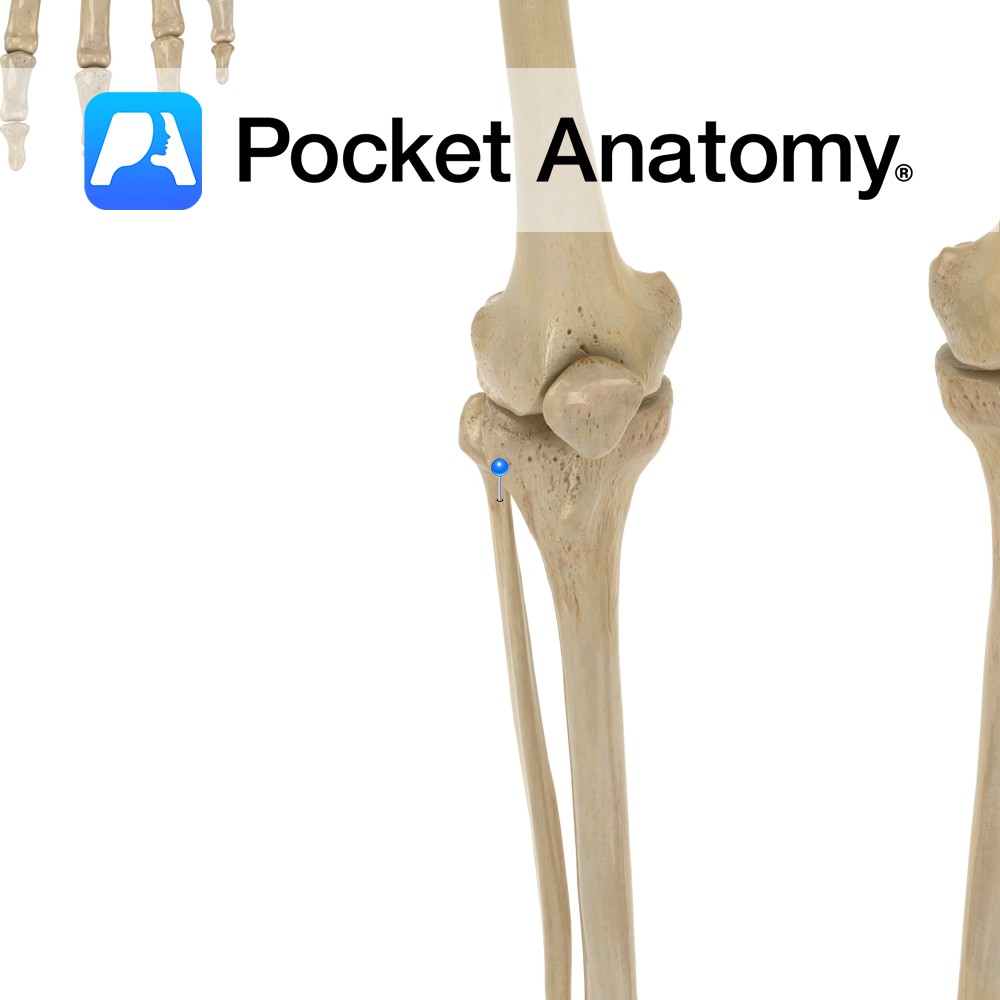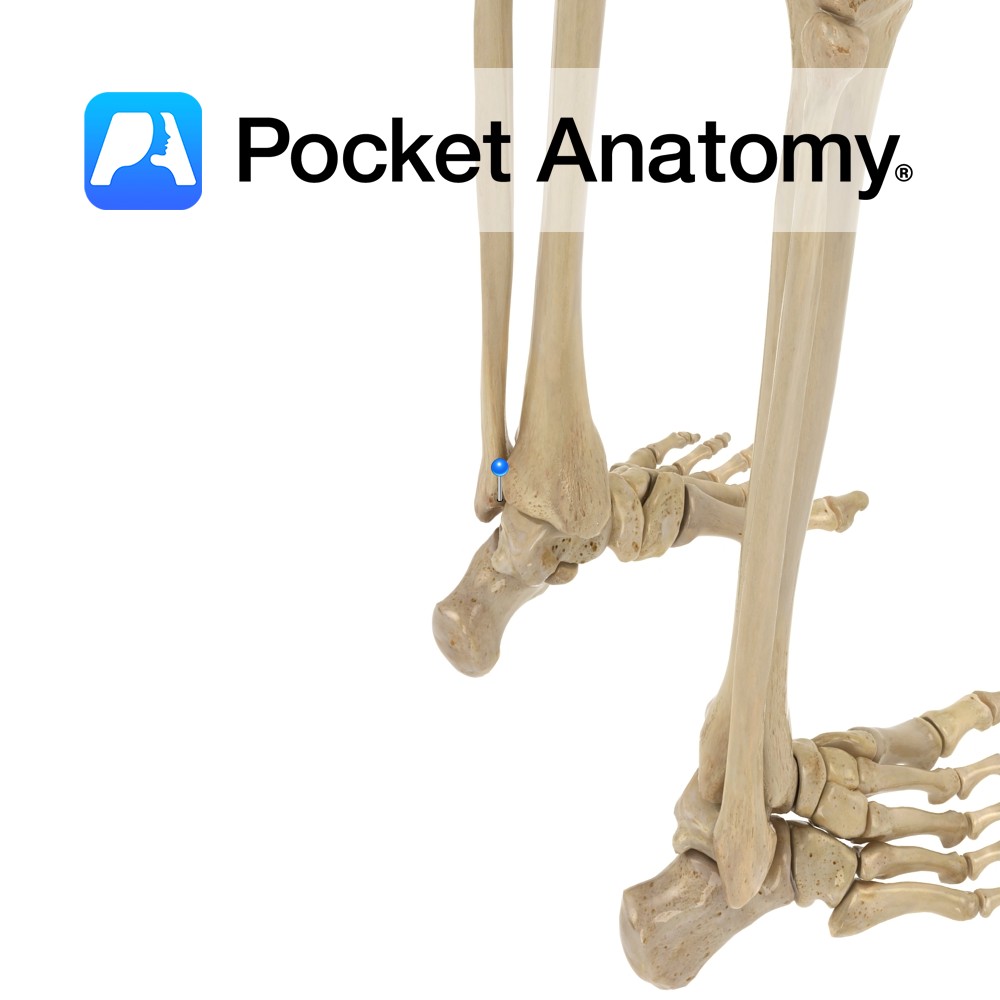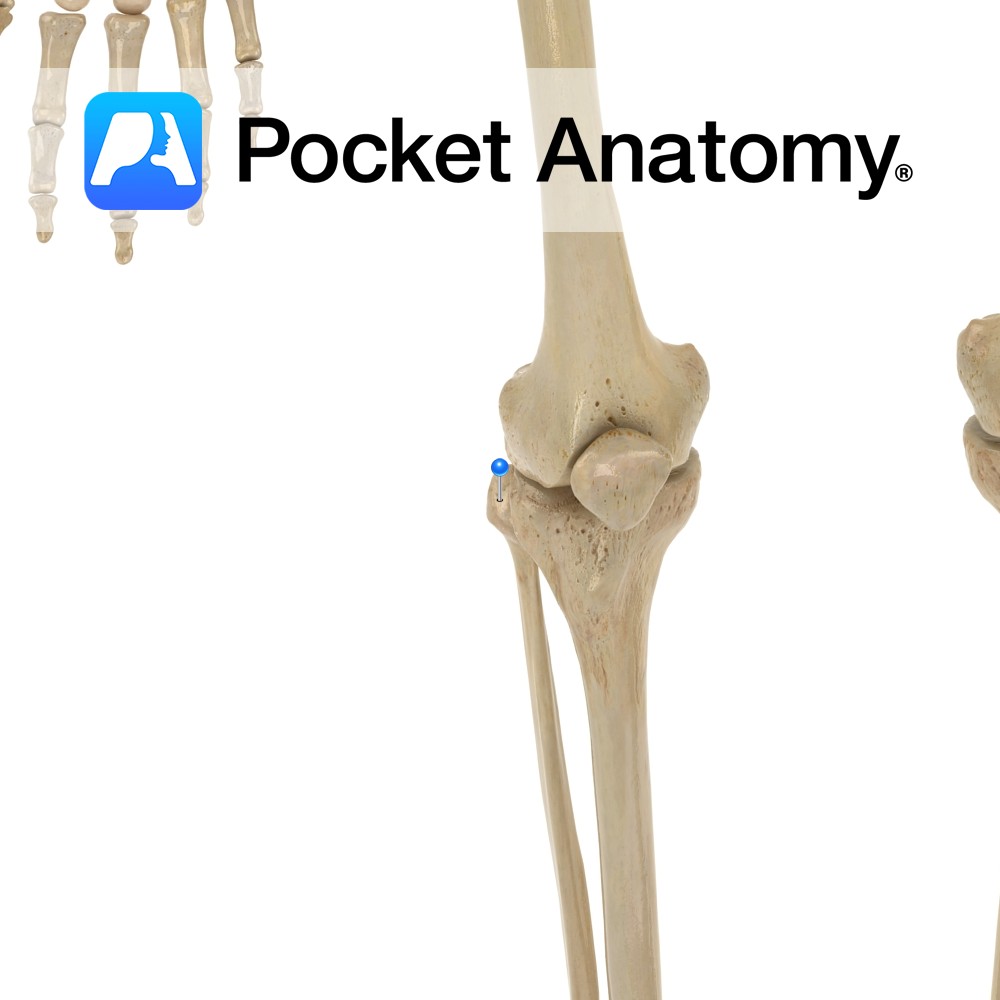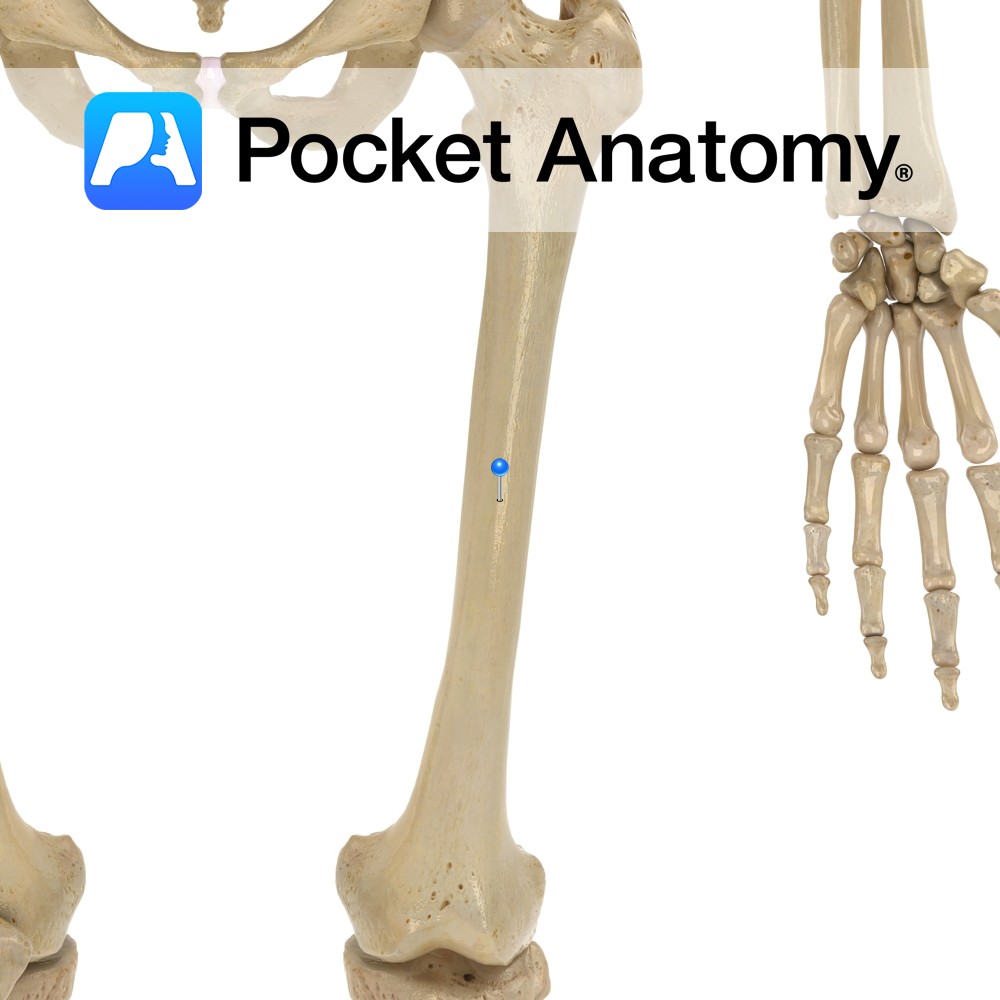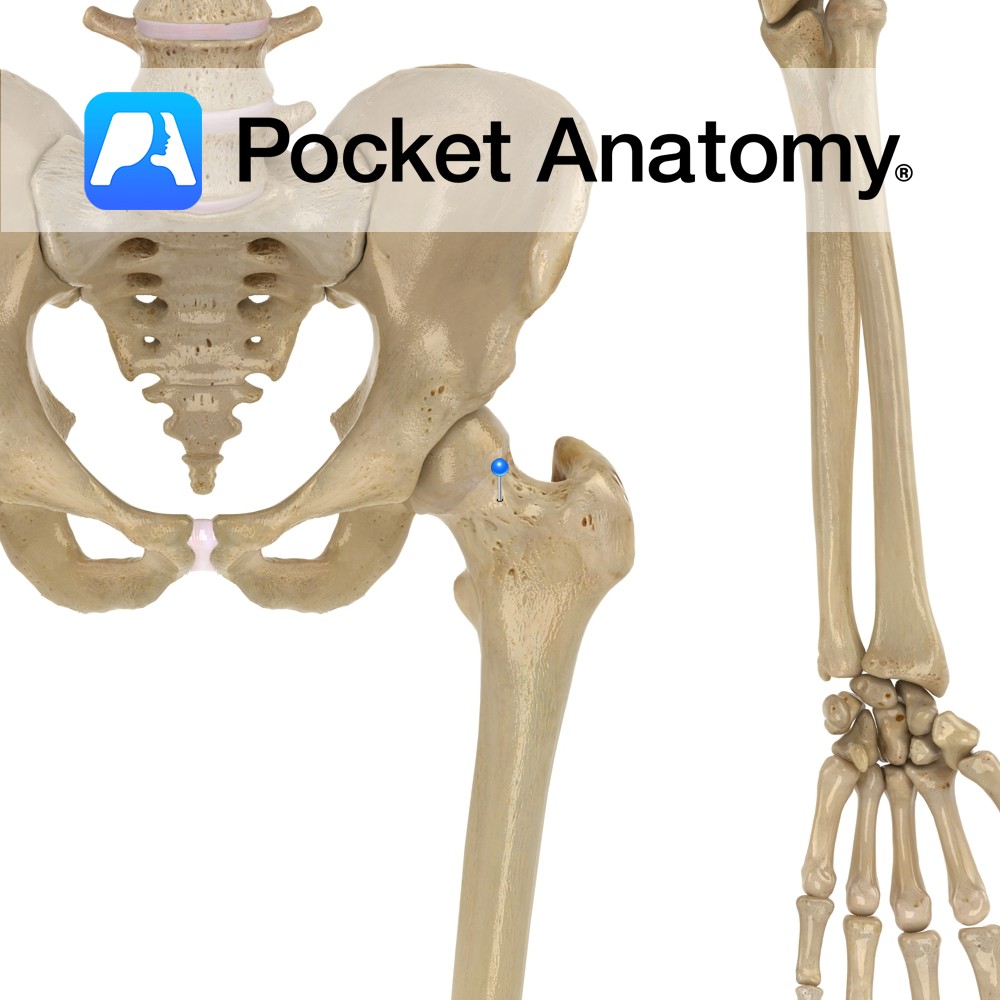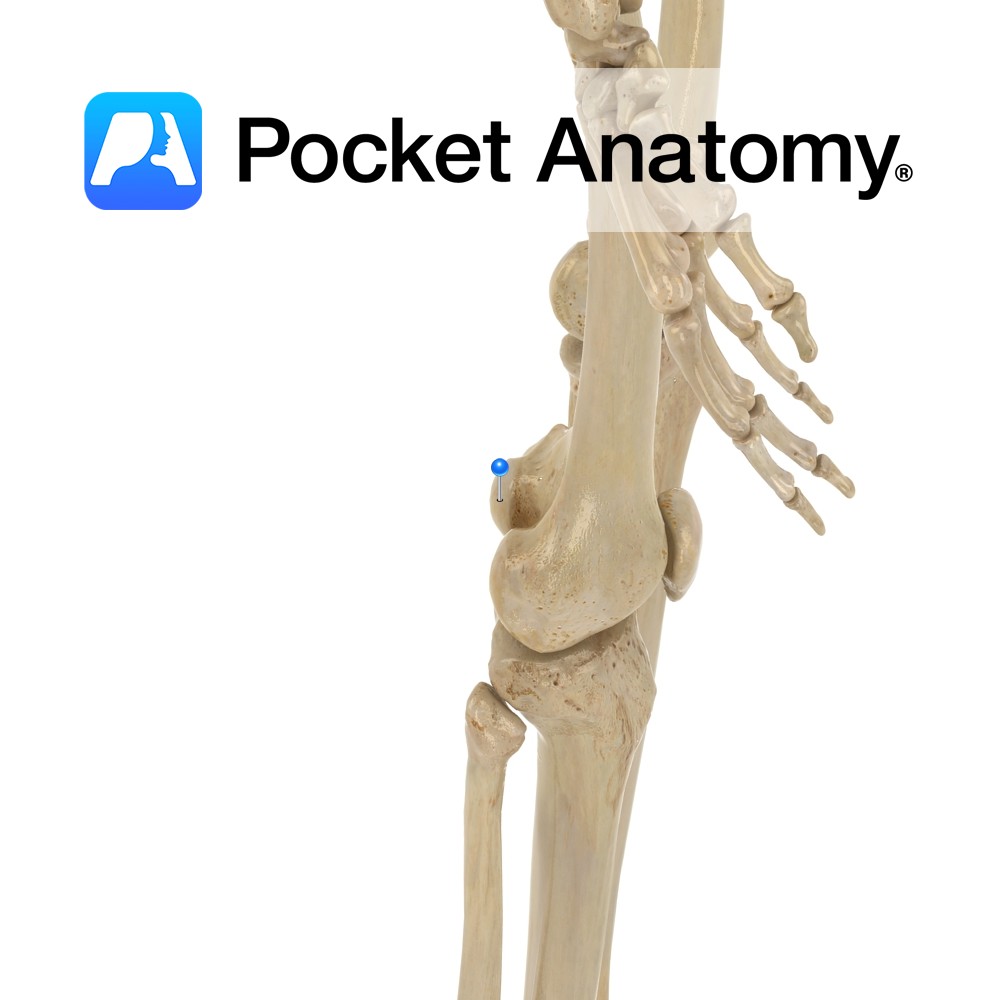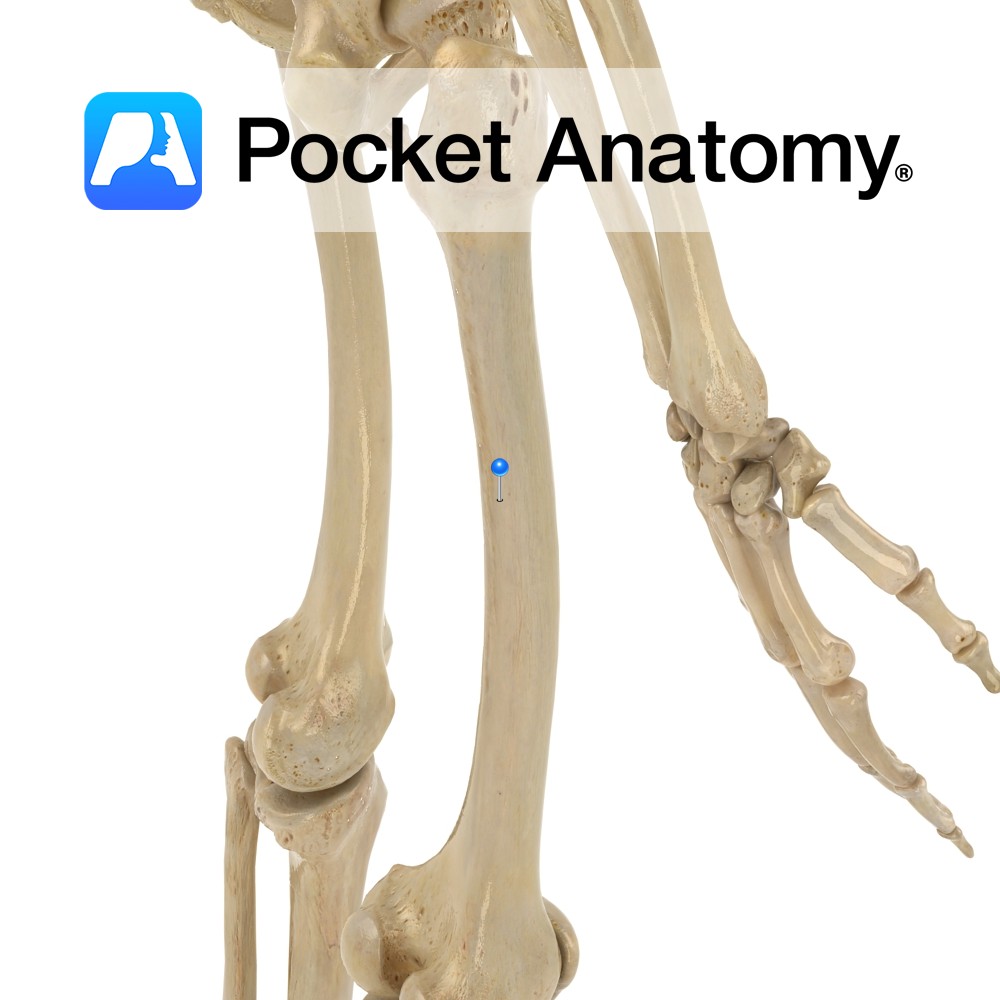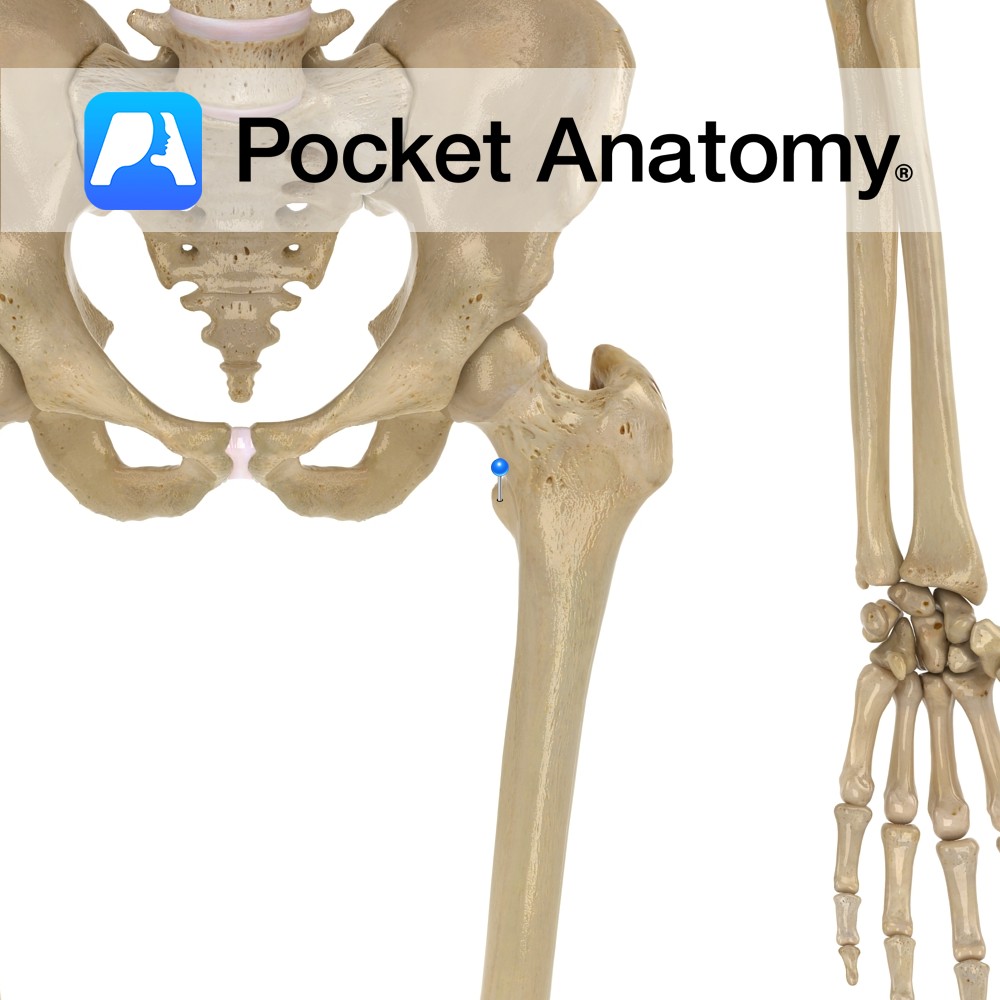PocketAnatomy® is a registered brand name owned by © eMedia Interactive Ltd, 2009-2022.
iPhone, iPad, iPad Pro and Mac are trademarks of Apple Inc., registered in the U.S. and other countries. App Store is a service mark of Apple Inc.
Anatomy Slight narrowing between head and shaft, over which the peroneal nerve runs. Clinical Peroneal nerve can be felt and rolled, cord-like, to produce tingling in leg and foot. Damage to peroneal nerve can lead to foot drop; the foot drags during walking, as dorsiflexion is impaired. Interested in taking our award-winning Pocket Anatomy app
- Published in Pocket Anatomy Pins
Anatomy Pyramidal lower extremity of fibula, runs down lateral to and articulates (medially/in) with the talus, behind and in front of which joint there are posterior and anterior talofibular ligaments, and below which, from the point/summit is the calcaneofibular ligament (down and slightly back). The visible outer knob of the ankle. Clinical Ankle injuries most
- Published in Pocket Anatomy Pins
Anatomy Small, quadrate, lower and more posterior than lateral condyle tibia. Connected to lateral condyles of femur (by fibular – also known as lateral – collateral ligament) and tibia (proximal tibiofibular joint and anterior and posterior ligaments). Clinical Lateral collateral ligament (LCL) injury less common than medial, as force required on inside of knee (to
- Published in Pocket Anatomy Pins
Anatomy Cylindrical, courses down and in (hips are further apart than knees, more so in female). Clinical Shaft is very strong, surrounded by large richly perfused muscles. Takes a lot of force to fracture (spiral, comminuted or open). Displacement of fragments usual (muscles pull); surgery required. Life-threatening blood loss can occur in open fracture; significant
- Published in Pocket Anatomy Pins
Anatomy Angle of 125° with shaft in adulthood; angle less in shorter femurs and wider pelvises (sa female). Points up, in and forward (12 – 14°). Big load-bearing and torsion associated with locomotion, are withstood by relatively small neck bone mass, through its tension and compression trabeculae and strong calcar femorale. Clinical Classicly presents as:
- Published in Pocket Anatomy Pins
Anatomy Convex bump at inner/medial aspect of lower femur (bigger, more prominent than lateral epicondyle). Attachments; tibial (medial) collateral ligament (MCL), which connects to lateral condyle tibia, medial head of gastrocnemius behind. Interested in taking our award-winning Pocket Anatomy app for a test drive?
- Published in Pocket Anatomy Pins
Anatomy Oblong eminence at medial/inner aspect of lower femur. Separated from lateral condyle in front by patellar space (trochlear groove), at back by intercondyloid fossa. Articulates at front with patella, bottom and back with tibia. Clinical Cartilage tears (osteochondral fractures) can occur in particular in the knee (medial condyle more than lateral, often as part
- Published in Pocket Anatomy Pins
Anatomy Longitudinal ridge/crest at back of shaft. Many muscles attach: Medial lip and its extensions up and down – vastus medialis; lateral lip and its extension up – vastus lateralis; intermediate line, lateral extension above and medial extension below – adductor magnus; between vastus lateralis and adductor magnus – gluteus maximus above, short head biceps
- Published in Pocket Anatomy Pins
Anatomy Small bulge back from lower part of neck of femur, attachment tendon psoas major. Clinical Isolated fracture rare; ordinarily associated with intertrochanteric fracture. Vignette Trochanter; from the Greek for runner. Interested in taking our award-winning Pocket Anatomy app for a test drive?
- Published in Pocket Anatomy Pins
Anatomy Convex eminence at lateral aspect of lower end of femur; fibular (lateral) collateral ligament (LCL) attached, running down to head of fibula. Clinical 4 major knee ligaments; MCL (medial/tibial collateral ligament, medial epicondyle femur to medial condyle tibia), LCL (lateral/fibular epicondyle femur to head fibula), ACL (anterior cruciate ligament, from inside of lateral femoral
- Published in Pocket Anatomy Pins

